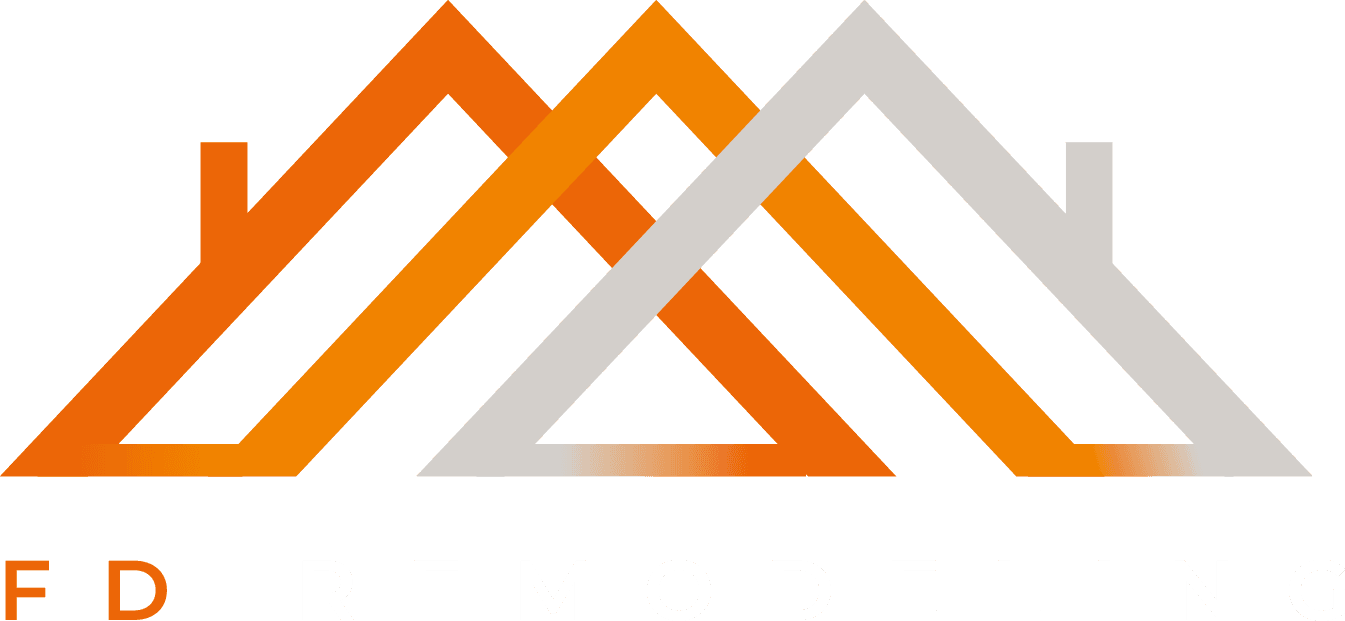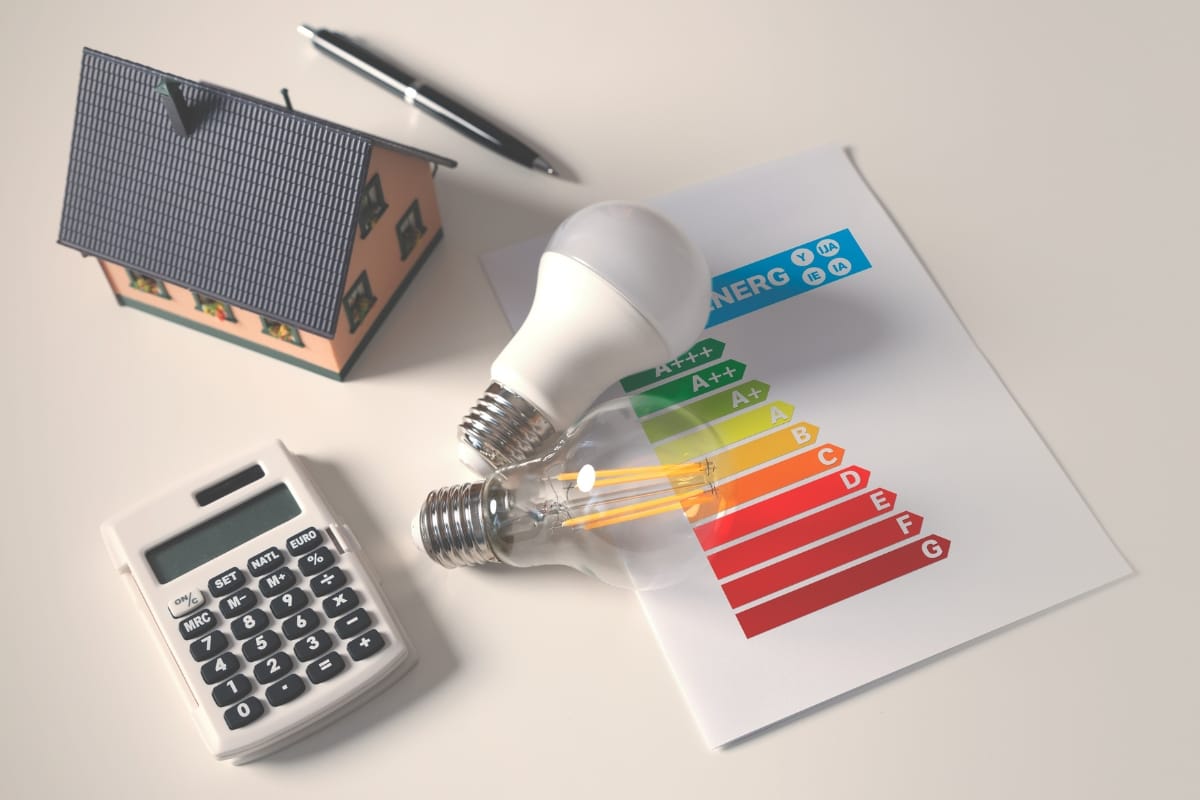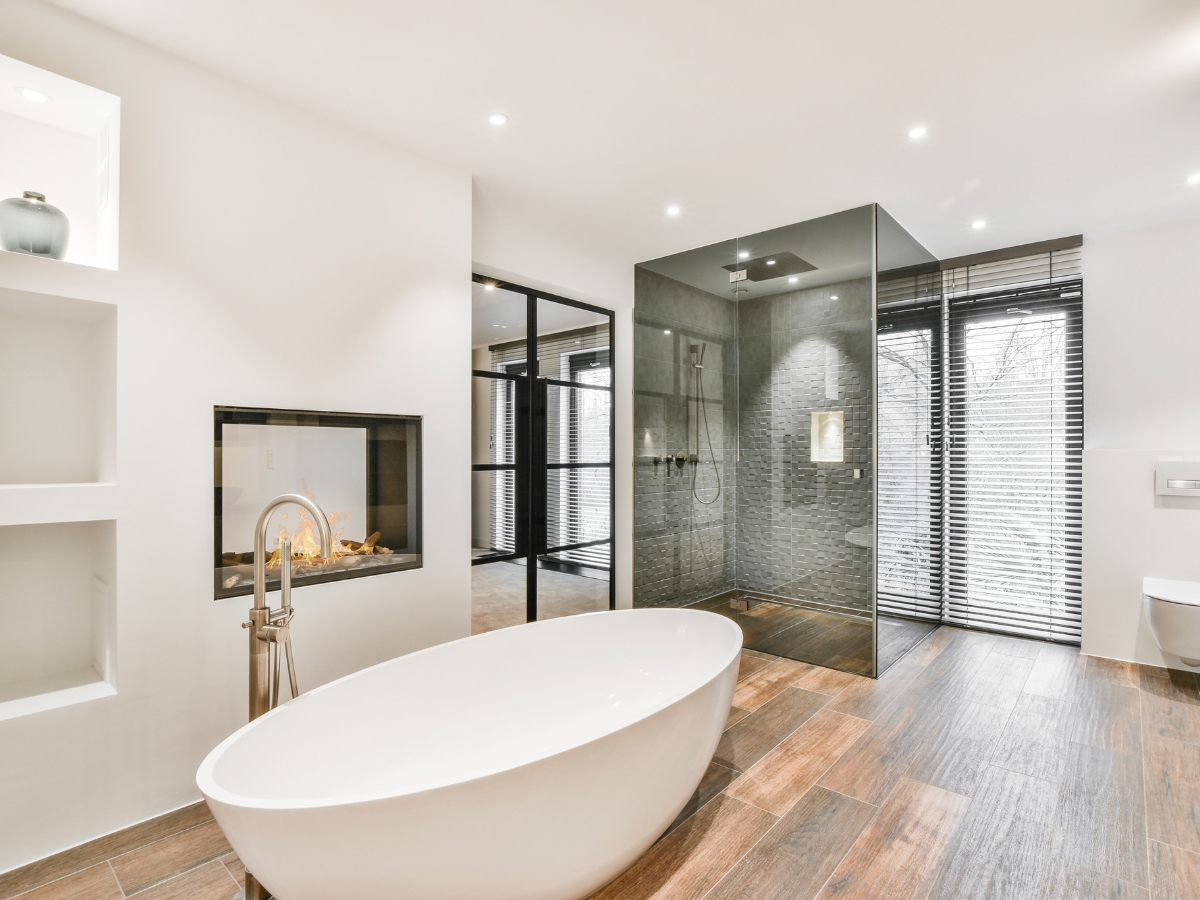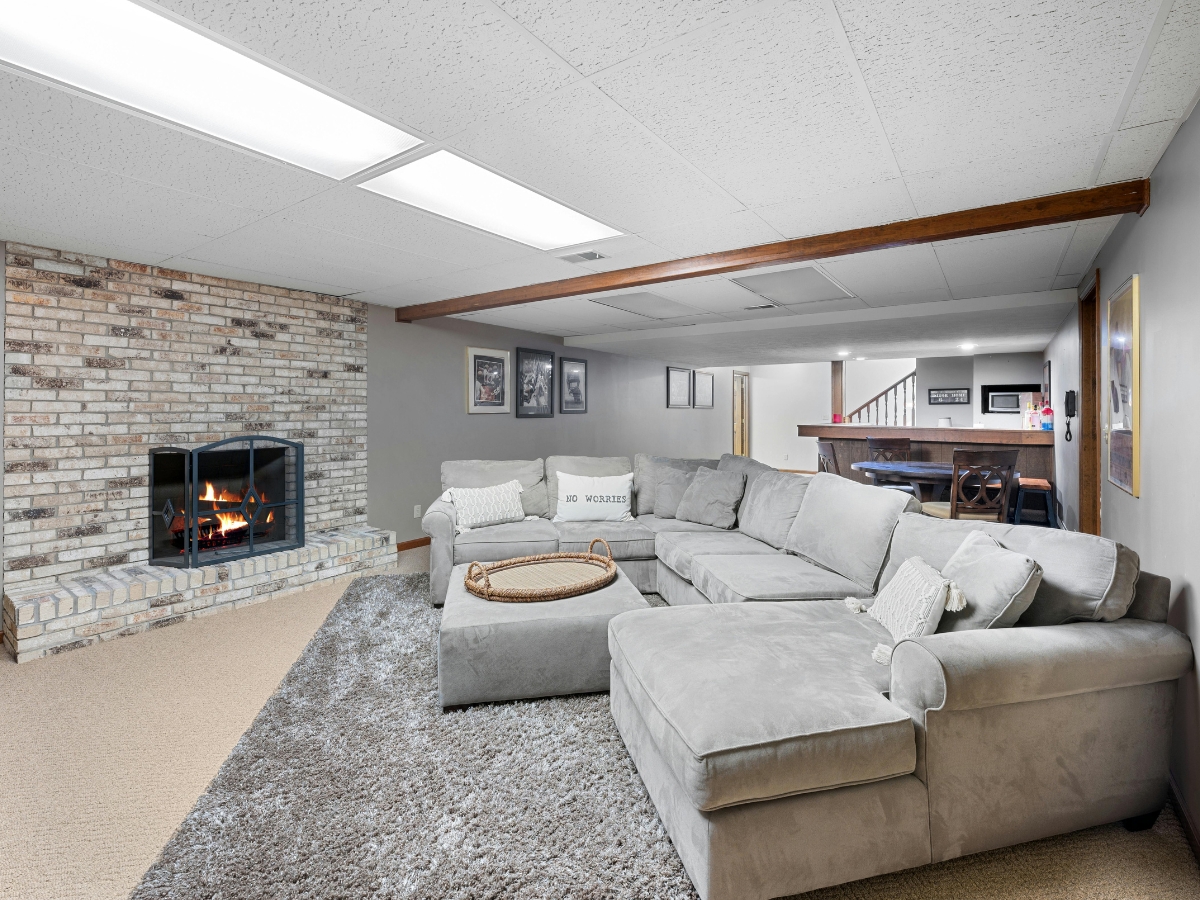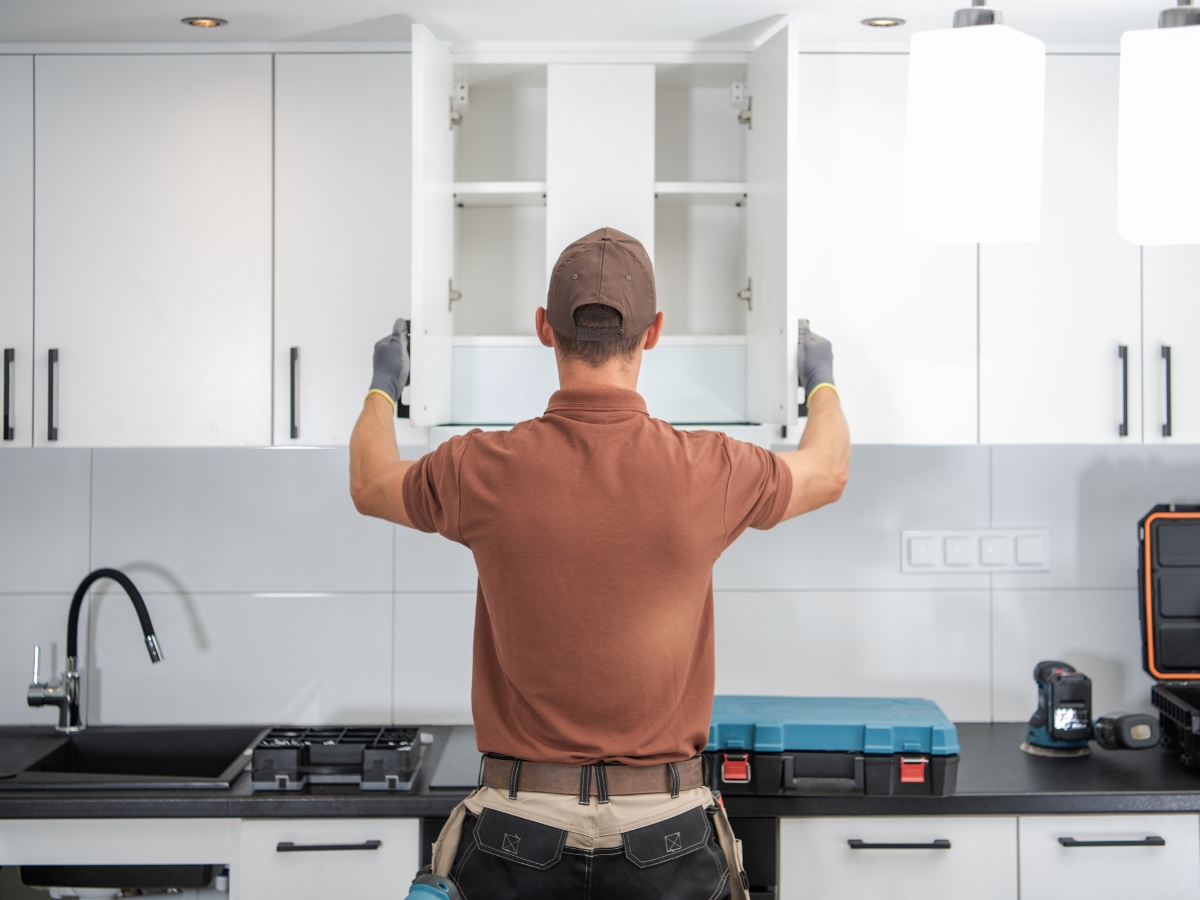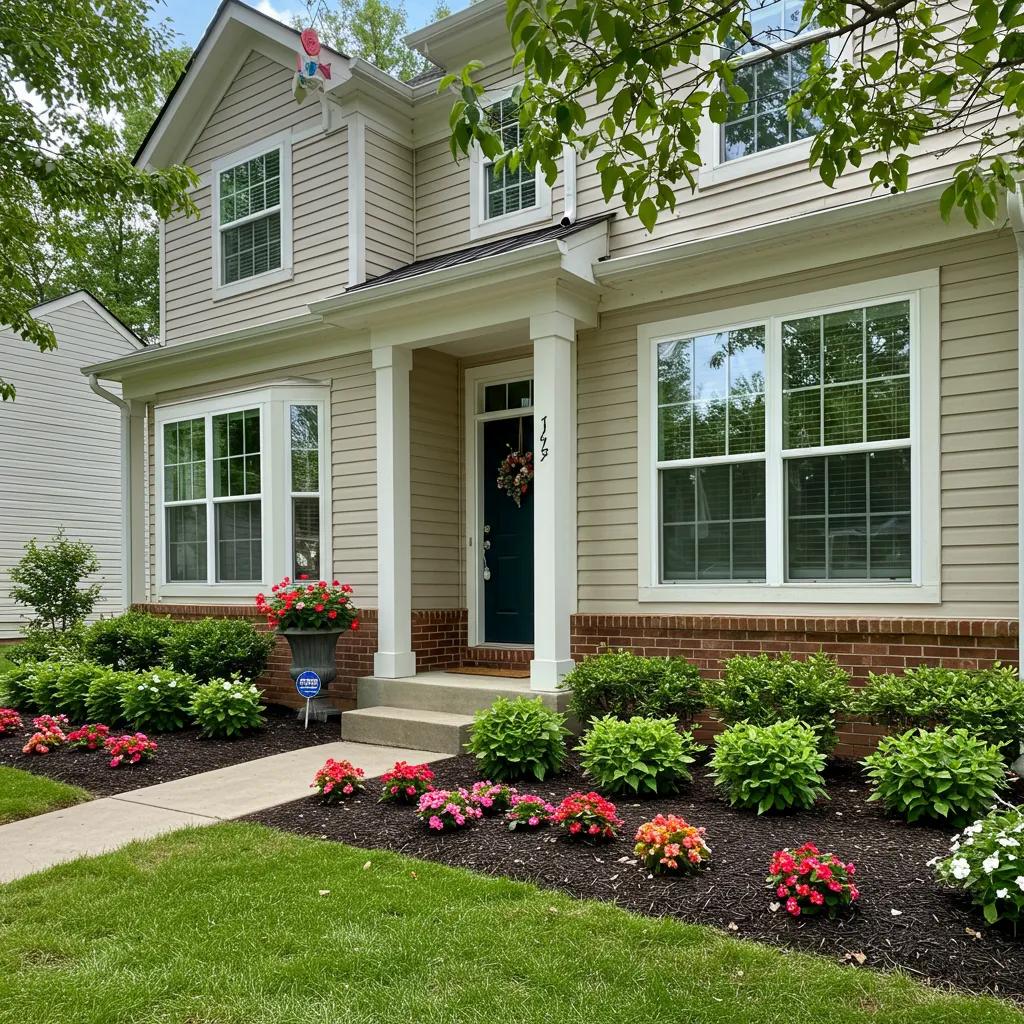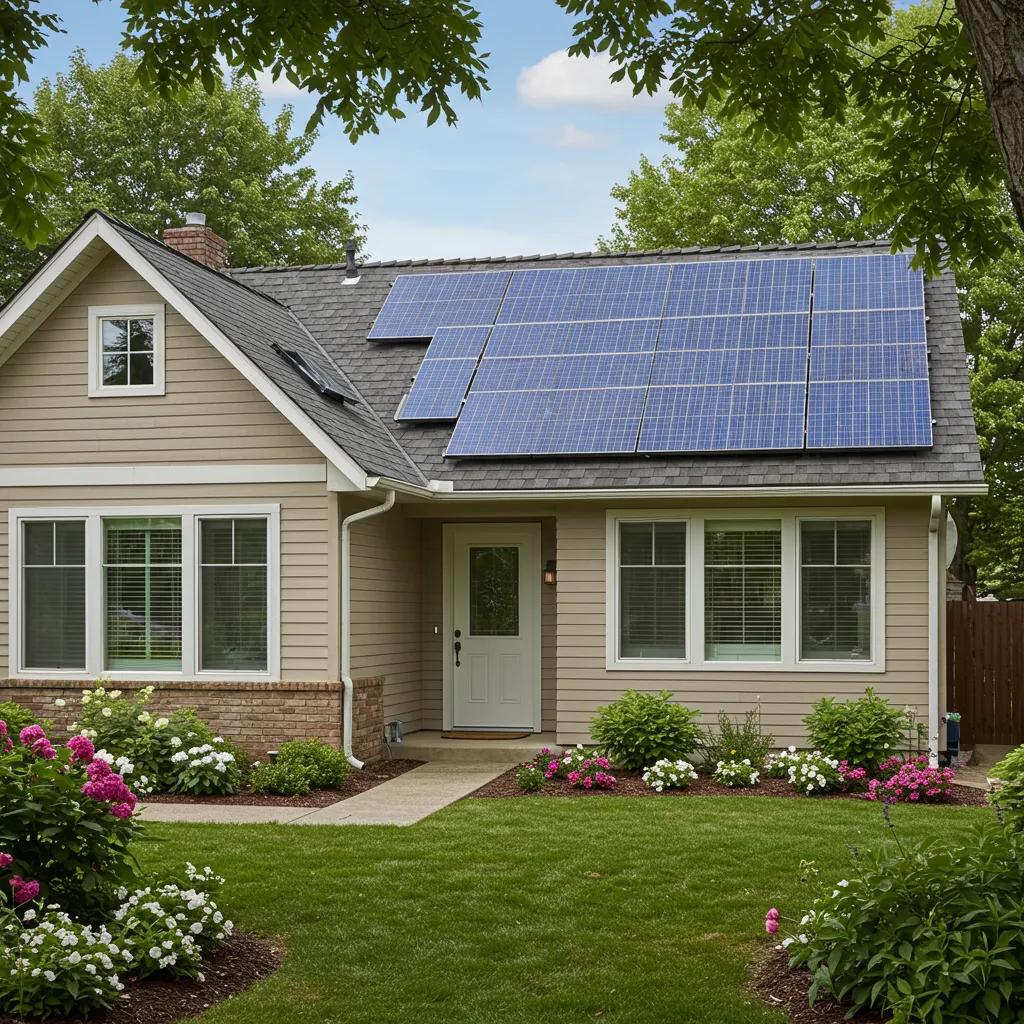Energy efficient remodeling is more than just a trend—it’s a smart, long-term investment that can drastically reduce your home’s energy consumption while enhancing comfort and value.
Whether you’re upgrading windows, installing efficient appliances, or improving insulation, mastering the art of energy-efficient remodeling can transform your space into an eco-friendly, cost-saving haven.
In this guide, we’ll explore key strategies and tips for revamping your home smartly, focusing on sustainability without sacrificing style. From small changes to major renovations, discover how energy-efficient upgrades can lead to significant savings, improved performance, and a healthier environment.
Energy Efficient Remodeling: A Smart Move Towards Sustainability
Understanding the Principles of Energy Efficient Remodeling
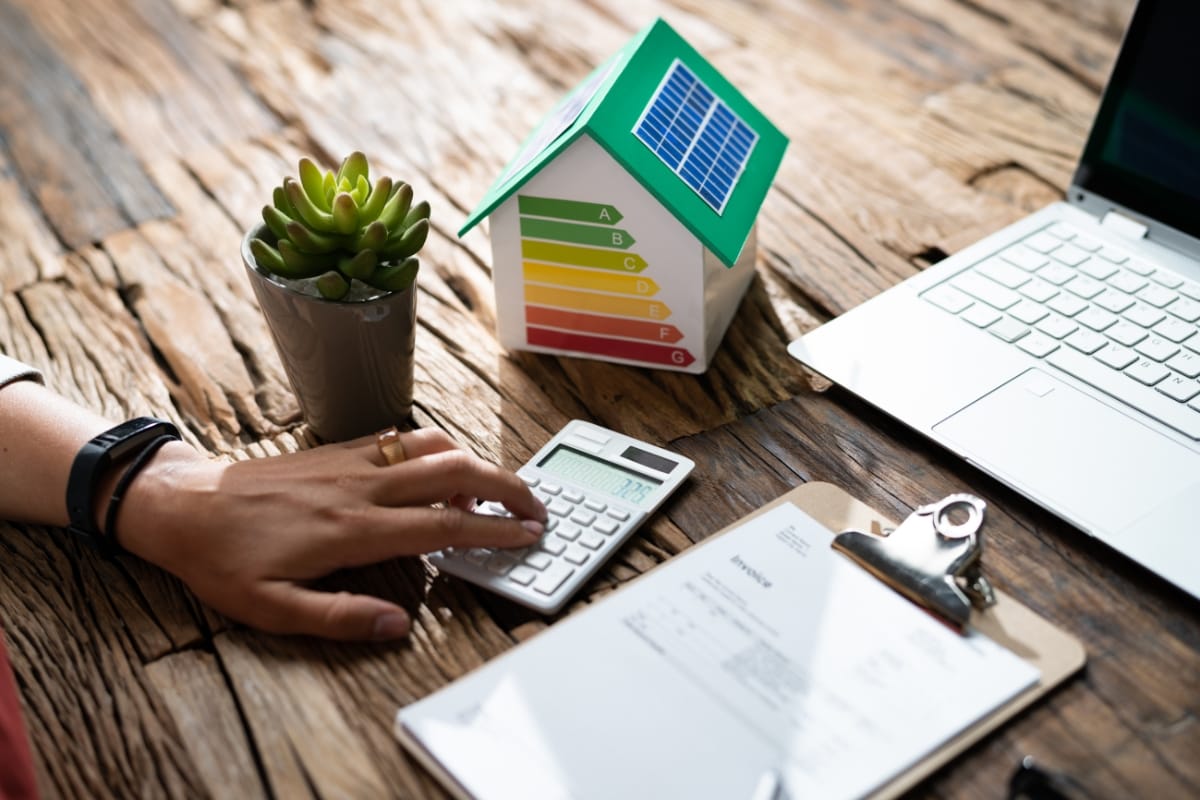
Energy efficient remodeling is not just about making your home more eco-friendly; it’s also about creating a space that is comfortable, functional, and cost-effective. By understanding the principles behind energy efficiency, you can make informed decisions that will have a significant impact on your home’s overall performance.
- Insulation: Insulation is the cornerstone of energy efficient remodeling. Proper insulation helps regulate your home’s temperature, reducing the need for constant heating or cooling. This not only leads to significant energy savings but also helps reduce utility bills. In addition, insulation helps create a quieter home by reducing outside noise.
- Air Sealing: Air leakage can greatly reduce the energy efficiency of your home. Sealing gaps and cracks around windows, doors, and walls prevents drafts and keeps conditioned air inside. This simple step reduces the strain on heating and cooling systems, helping them work more efficiently and extending their lifespan.
- Energy-Efficient Windows: Windows play a critical role in energy conservation. Opt for windows with low-emissivity (low-E) coatings and double or triple glazing to reduce heat transfer. These energy-efficient windows enhance insulation, keeping your home warmer in the winter and cooler in the summer.
- Energy-Efficient Doors: Just like windows, doors can be a source of energy loss. Choose energy-efficient doors that are well-insulated and properly sealed to prevent drafts. This ensures better temperature regulation and minimizes energy waste.
- Energy-Saving Benefits: By focusing on these principles—insulation, air sealing, and high-performance windows and doors—you’ll see both immediate and long-term benefits. Your home will become more comfortable, eco-friendly, and cost-effective, while also reducing your overall carbon footprint.
Choosing Sustainable Materials for Your Renovation Project
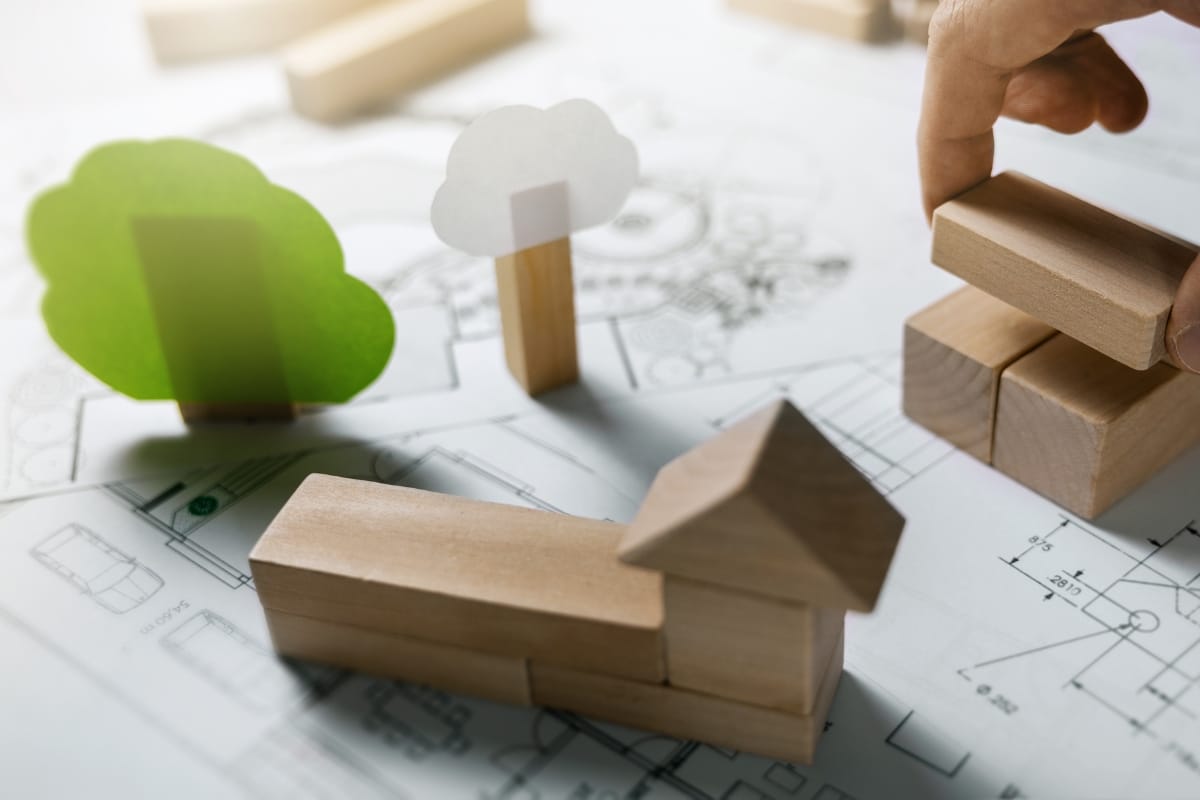
The materials you choose for your energy-efficient home improvements can have a significant impact on both the environment and your home energy resources efficiency. When selecting materials, consider their durability, recyclability, and embodied energy.
Durable materials such as bamboo flooring or metal roofing are not only long-lasting but also require less maintenance over time. This reduces waste and minimizes the need for frequent replacements. Additionally, choosing materials that can be recycled at the end of their lifespan ensures that they don’t end up in landfills.
Embodied energy refers to the energy consumed during the production, transportation, and installation of a material. Opting for materials with low embodied energy, such as locally sourced or reclaimed materials, can significantly reduce your home’s carbon footprint.
Consider using eco-friendly paints and finishes that are low in volatile organic compounds (VOCs). These products release fewer harmful chemicals into the air, creating a healthier indoor environment for you and your family’s energy-efficient home.
Implementing Smart Lighting Solutions for Energy Savings

Implementing smart lighting solutions for energy savings is an impactful way to modernize your home with green remodeling while reducing energy consumption. Lighting accounts for a significant portion of electricity use, but with smart technology, you can control and optimize this usage more efficiently.
LED bulbs are a key component of energy-efficient lighting. These bulbs use up to 75% less energy than traditional incandescent bulbs, making them an eco-friendly choice. Their longevity—lasting up to 25 times longer—also means fewer replacements and reduced waste. Moreover, LEDs emit less heat, which can help keep rooms cooler, lessening the demand on air conditioning during warmer months.
Beyond using LED bulbs, integrating dimmer switches and motion sensors adds even greater efficiency. Dimmers allow you to control the light intensity, reducing energy use when full brightness isn’t necessary. Motion sensors ensure lights are automatically turned off in unoccupied spaces, which is especially useful in areas like hallways, bathrooms, or closets.
Additionally, pairing these solutions with a smart lighting system enables remote control via mobile apps. You can schedule lights to turn on or off at specific times or adjust them while you’re away, further optimizing energy usage.
Upgrading to Energy Star Appliances for Optimal Performance
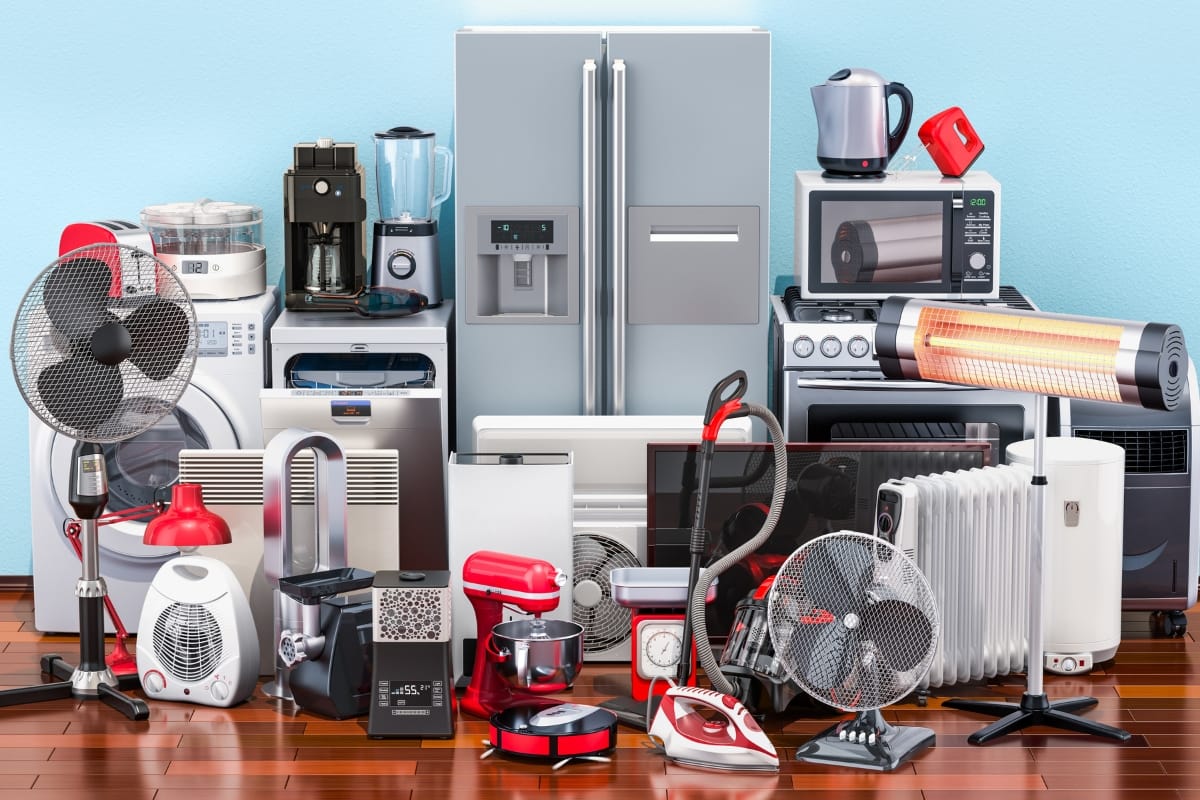
Upgrading to Energy Star appliances is one of the most effective ways to enhance your home’s energy efficiency while also reducing utility costs.
Energy Star-certified products are designed to use less energy and water, meeting rigorous efficiency standards set by the Environmental Protection Agency (EPA). These appliances deliver optimal performance without compromising on quality, making them a smart investment for long-term savings.
For example, an Energy Star refrigerator can save you up to 15% on energy usage compared to non-certified models, resulting in lower electricity bills. Additionally, Energy Star dishwashers use advanced technology to minimize water consumption while still delivering thorough cleaning, and washing machines use sensors to adjust water levels based on the load size.
Over time, these savings can add up, not only reducing your household expenses but also decreasing your carbon footprint.
Switching to Energy Star appliances can also improve the resale value of your home, as eco-conscious buyers are increasingly looking for properties equipped with energy-efficient features. This upgrade demonstrates a commitment to sustainability while creating a more cost-effective and environmentally friendly home.
Harnessing Solar Power: A Renewable Energy Source for Your Home
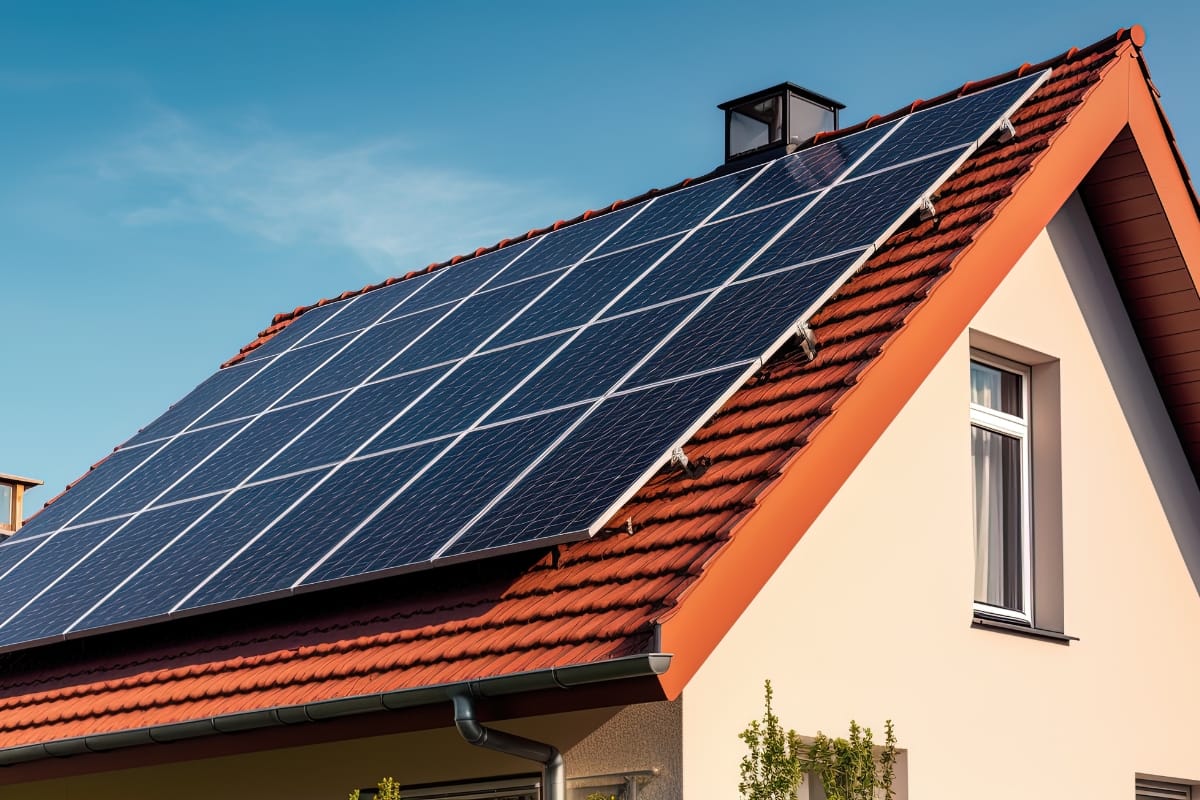
Solar power is a renewable energy source that can significantly reduce your reliance on traditional electricity. By harnessing the power of the sun, you can generate clean and sustainable energy for your home.
Installing solar panels on your roof allows you to convert sunlight into electricity, which can be used to power your appliances, lighting, and heating systems. Excess energy can even be stored in batteries or fed back into the grid, further reducing your reliance on non-renewable sources.
While the initial cost of installing solar panels may seem high, they offer long-term savings by reducing or eliminating your monthly electricity bills. Not only that, but many governments and utility companies offer incentives or tax credits for installing solar panels, making them a more affordable option.
Maximizing Natural Light and Ventilation in Your Home
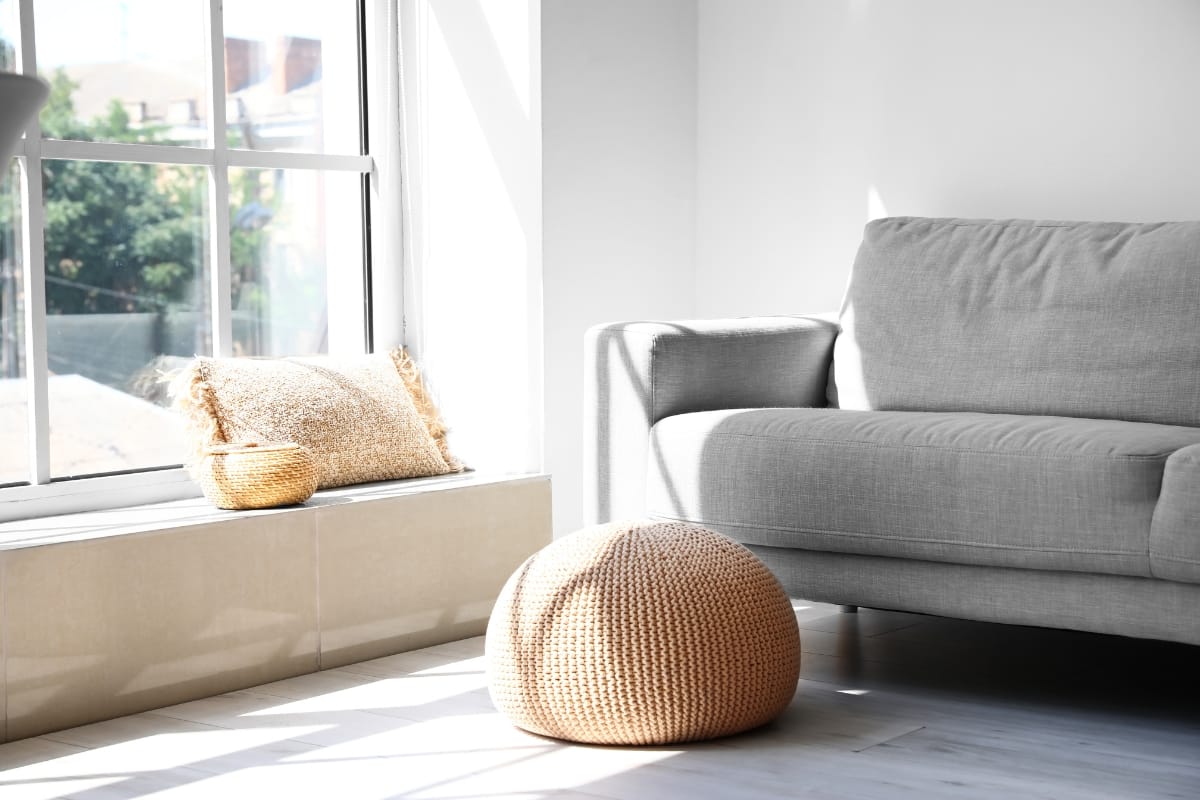
When it comes to energy-efficient remodeling, one key aspect to consider is maximizing natural light and ventilation in your home. By strategically incorporating these elements into your living space, you can not only enhance the aesthetics but also improve energy efficiency and overall well-being.
Natural Light:
Embracing natural light not only brightens up your home but also reduces the need for artificial lighting during the day. To maximize natural light in your space, consider these tips:
- Strategic Placement of Windows: Position windows to capture the most sunlight throughout the day. South-facing windows allow for ample natural light, while east-facing windows bring in the morning sun.
- Use of Light-Colored Décor: Opt for light-colored walls, floors, and furniture to reflect and amplify natural light. This can make your space feel more open and airy.
- Skylights and Solar Tubes: Install skylights or solar tubes in darker areas of your home to bring in additional sunlight without compromising privacy.
Ventilation:
Proper ventilation not only improves indoor air quality but also helps regulate temperature and reduce the need for air conditioning. Here are some ways to enhance ventilation in your home:
- Cross-Ventilation: Design your space to allow for cross-ventilation by strategically placing windows on opposite walls. This promotes airflow and keeps your home cool in warmer months.
- Ceiling Fans: Install ceiling fans to improve air circulation and create a more comfortable environment. This can reduce the reliance on air conditioning systems.
- Natural Ventilation: Utilize windows and doors to let fresh air in and stale air out. Opening windows during cooler times of the day can help cool your home naturally.
By focusing on maximizing natural light and ventilation in your home as part of an energy-efficient remodeling project, you can create a more sustainable and inviting living environment.
Smart Home Automation: Enhancing Convenience and Efficiency
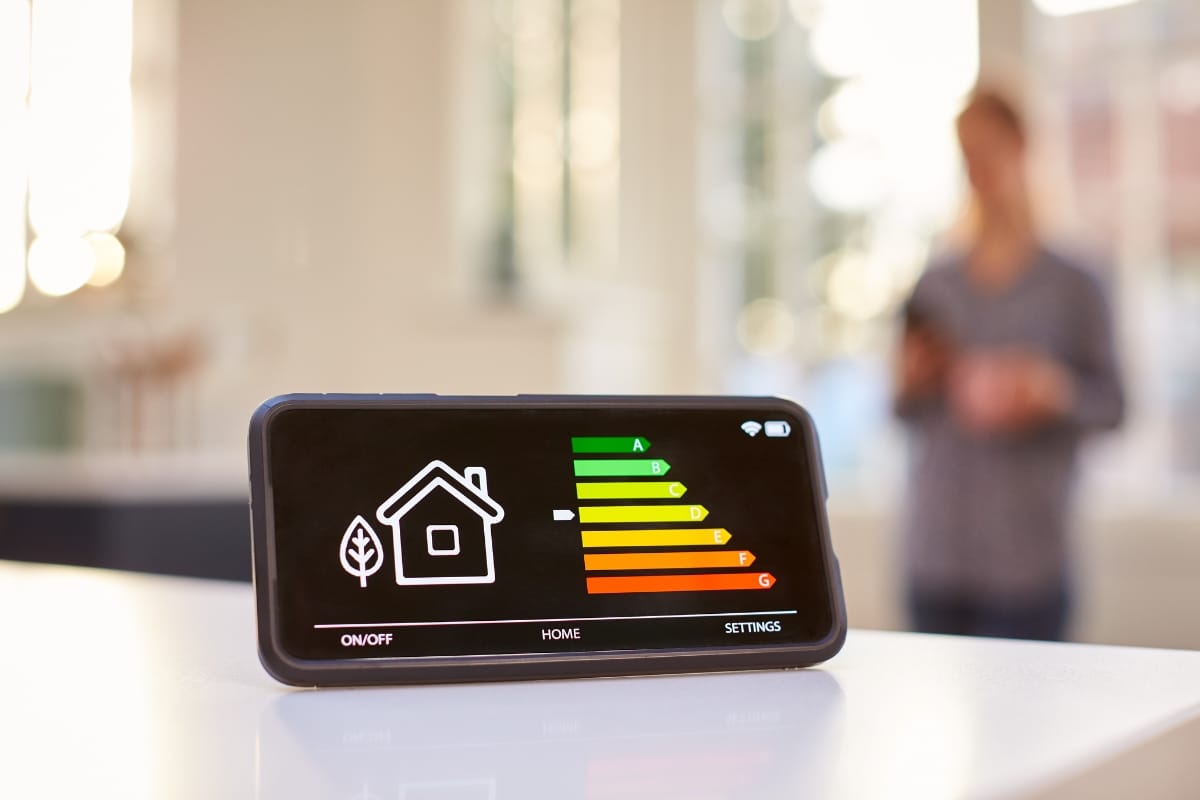
Smart home automation is revolutionizing the way we manage our living spaces, offering both increased convenience and significant energy savings. By integrating systems like lighting, heating, cooling, and security into a centralized control platform or mobile app, homeowners can effortlessly optimize their environment and reduce their carbon footprint.
One of the standout features of smart home automation is the ability to control energy usage remotely. Smart thermostats, for instance, enable users to adjust heating or cooling systems based on their schedule, ensuring that energy isn’t wasted when the house is unoccupied. These systems can even learn your routines and adjust temperatures automatically to maximize efficiency.
Beyond temperature control, smart lighting systems can detect when a room is empty, automatically turning off the lights to prevent unnecessary electricity usage. Some systems even adjust lighting based on the natural light entering the room, ensuring optimal energy use throughout the day.
Smart home automation not only enhances daily convenience but also contributes to a more sustainable lifestyle, reducing energy waste and lowering utility costs.
Conducting an Energy Audit to Optimize Your Home's Efficiency
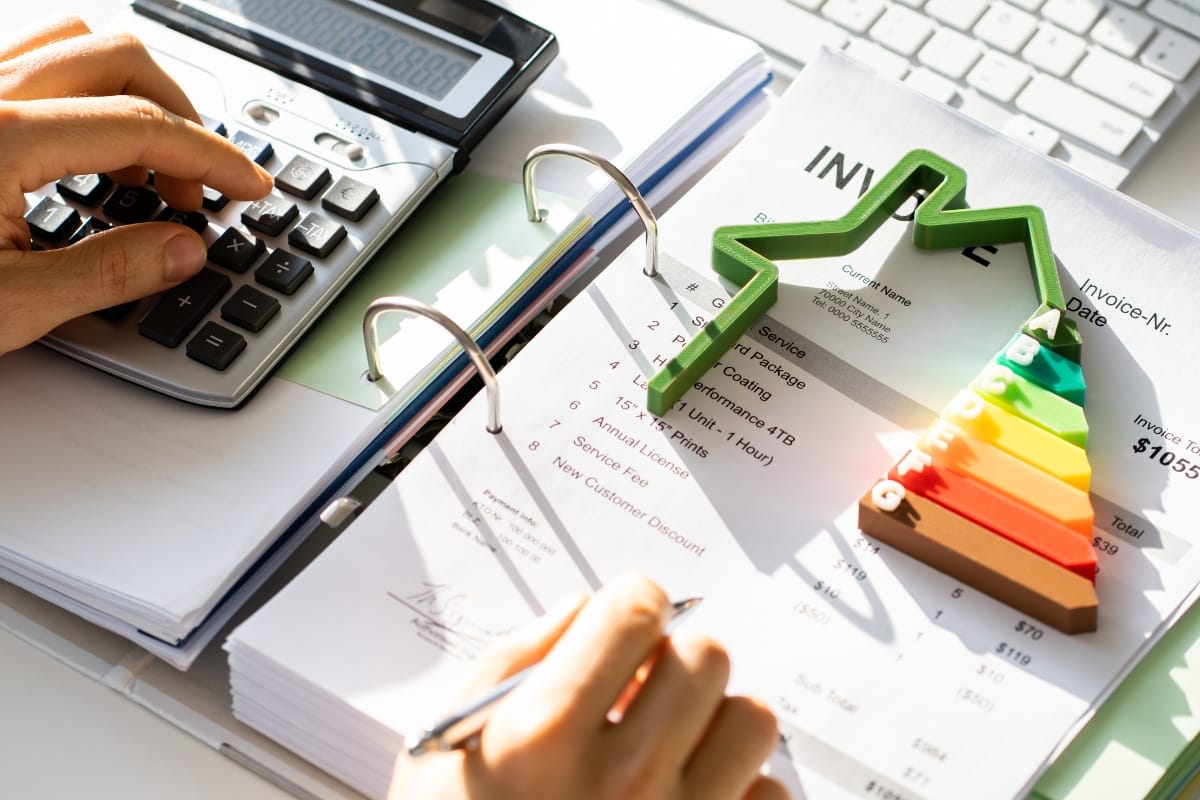
Conducting an energy audit is an essential step in optimizing your home’s energy efficiency. This process helps homeowners understand how much energy their home uses and where improvements can be made to reduce waste and lower utility bills. Home energy audits can be done by a professional auditor or through a DIY approach with the help of online tools or guides.
A professional energy audit typically begins with an evaluation of your home’s insulation, windows, doors, and ventilation systems to detect air leaks. The auditor may also inspect your HVAC system, appliances, and lighting to assess their efficiency.
They use specialized tools like blower doors and infrared cameras to identify hidden issues, such as poor insulation or drafts, that may be impacting your energy usage.
Once the audit is complete, the auditor will provide a detailed report with actionable recommendations. These might include installing more efficient windows, upgrading outdated appliances to energy-efficient models, or making adjustments to your heating and cooling systems.
Green Landscaping and Outdoor Energy Efficiency Measures
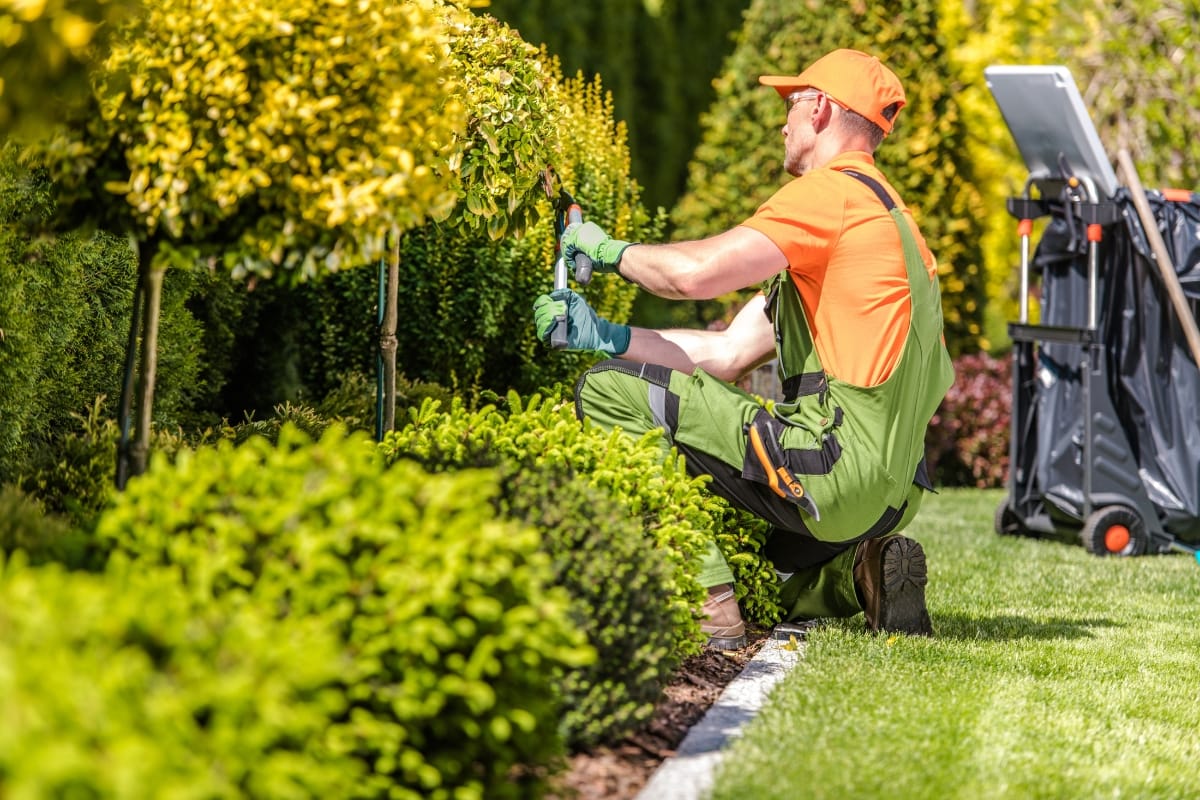
Enhancing the efficiency of your landscaping not only makes your outdoor area more visually appealing but also helps lower energy use and promotes sustainability.
Incorporating energy-saving techniques into your landscape design can reduce your environmental impact while creating a space that’s both beautiful and eco-conscious.
A key approach is selecting native plants that are well-adapted to your region’s climate and soil conditions. These plants need less water and upkeep, which cuts down on both irrigation and the need for chemical treatments. By focusing on native species, you can create a low-maintenance garden that conserves water and other resources.
Using sustainable hardscaping materials like permeable pavers or recycled stone is another great option. These materials allow water to seep into the soil, reducing runoff and helping to recharge groundwater supplies. Choosing eco-friendly hardscaping can make your landscape more sustainable.
Additionally, incorporating energy-efficient lighting—such as LED or solar-powered fixtures—helps light up your yard with less energy. These options not only cut energy costs but also reduce your carbon footprint while adding to the atmosphere of your outdoor space
Conclusion: Embracing a Sustainable Future Through Energy Efficient Remodeling
Energy efficient home upgrades are not just a passing trend; it’s a necessary step towards creating a sustainable future. Embrace the art of energy efficient remodeling and join the movement towards a more sustainable future for yourself and future generations.
Revamping your home with energy-efficient solutions not only saves on utility costs but also enhances comfort and sustainability. If you’re ready to master the art of energy-efficient remodeling, FD Remodeling Company is here to help. Contact us today at 404-857-5582, or fill out our online form for a free estimate, and let us transform your space into an eco-friendly haven that stands the test of time.
